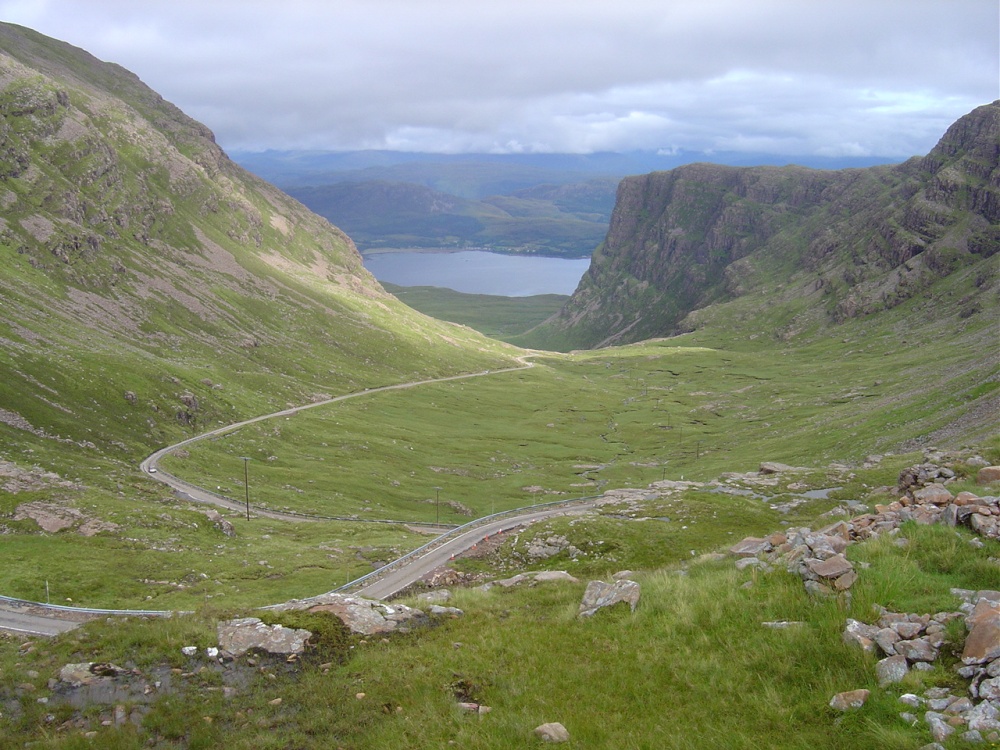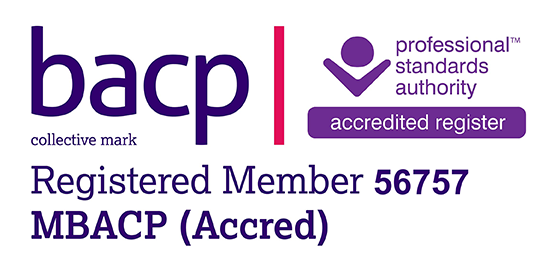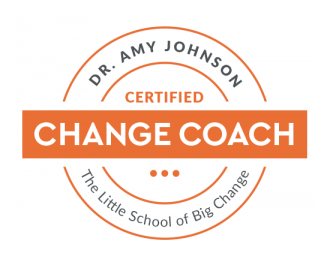Whilst we were on holiday last month we drove across the Bealach na Ba pass. It is a beautiful scenic mountain pass on the east coast of Scotland. It is also a very narrow single track road with equally small passing places and some very steep drops at the edge of the road! The road sign at the approach to the road warns against learner drivers and large vehicles using the road and for weeks before Brian was talking about driving across with anxious anticipation.
Brian drove across and we arrived safely in Applecross but it wasn’t without fear – on both of our parts. Brian had the anxiety of driving the narrow route and steep climbs with sharp bends, and I remained quiet (not like me at all!) as I looked in fear at the steep drop off the side of the road. It was an experience neither of us will forget for many reasons, not least of all the range of emotions we felt.
Just like the road sign as we approached the mountain pass, our minds offer ‘warning signs’ in response to fear too. These warning signs will differ depending on the circumstances and on the part of our brains which are in charge.
Fear is, of course, an essential human experience which we cannot and should not eliminate. Understanding how our brains respond to fear is so important and helpful for well-being. We can explore the interaction between the old brain and the new brain to see the different road signs they offer when we face fear.
The old brain which is also known as the limbic system, is the oldest part of our brain and is responsible for instinctual reactions including the fight, flight, freeze response. It responds to fear instantaneously, driven by survival instincts and produces automatic actions. The road signs this part of our brain offers may be ‘stop’, ‘do not enter’, ‘turn around and drive away’.
In contrast, the new brain which sits in the prefrontal cortex, is more evolved to have the ability to reflect, analyse and make conscious decisions. It is more of a ‘thoughtful observer’ which makes more mindful decisions and promotes intentional actions. The road signs we might see from this part of our brain may be ‘proceed with caution’, ‘drive carefully’ and ‘beware of steep drops and narrow roads if driving a larger vehicle’. These signs invite us to think about how we drive across the route with our fears rather than avoiding the route because of our fears.
As we start to acknowledge fear without judgement, and we engage the new brain to respond more consciously we start to create more deliberate choices about how we respond to fear. As we tap into the rational thoughts of the new brain we create space for responding to fear with actions based upon what is important and meaningful for us, rather than an automatic survival response to avoid or run away.
As Brian drove across the Bealach na ba, he was able to recognise his fear but remain present to what was important to him – his desire to meet the challenge of the drive and to see the beautiful mountain scenery. He wasn’t gripped and controlled by his fear as he would have been had he been only in his old brain process; however his fear was a helpful guide to drive more cautiously and be aware of other road users. Similarly, my ability to stay with the fear of the drops and my fear of heights was guided by a more rational analytic process which allowed me to trust in Brian’s ability and a desire to experience the journey. We were able to see the ‘proceed with caution’ road signs.
As we dance between the old brain and the new brain we can create a more helpful, deliberate roadmap for navigating fear; we can shift from reactive survival actions to more considered values-based responses.
We are not trying to rid ourselves of fear, rather we are looking to respond to fear differently, with a greater degree of thoughtful presence and actions which will enable us to live life in accordance to what is rich and meaningful for us.
Embracing the entirety of our neurological makeup allows us to face fear with greater resilience and authenticity which leads us towards personal growth and wellbeing.
With November love
Sarah x
FAQs
How can I know the difference between the warning signs from my old brain and the more thoughtful road signs from my new brain in everyday situations?
Be curious about how immediate your response is. If your response to fear is instinctual and fast it is likely to be an old brain response. Responses from the new brain take time, are more thoughtful and considerate of consequences and with analyse the situation.
For mor information about old brain/new brain and helpful techniques for experiencing anxiety different, you can find the Breaking free from Anxiety course here: Buy Now
Can we train our minds to rely more on the new brain’s responses and reduce automatic reactions from the old brain when faced with fear?
Absolutely. Mindfulness practices are a great place to start. By using your breathing or one of your senses (touch, taste, smell, sight and hearing) to focus on what is happening in this moment you will become more aware of the now and be able to strengthen the new brain’s capacity to respond intentionally rather than reactively.
Why is embracing fear without judgement important for creating a more helpful roadmap to navigate fear?
When we judge fear and try to get rid of it, we often pay the fear much more attention and sometimes use unhelpful behaviours and habits to get rid of fear. When we start to acknowledge fear as a natural part of life, and make space for feeling it, we learn to understand its signals and respond more compassionately. This approach allows for a more balanced and intentional response.
If I acknowledge fear and allow it to be present, how can I stop it from taking over and paralysing me?
When you recognise that you are feeling fearful, use mindfulness to bring your awareness to the present moment and engage your new brain for a more reflective, considered response to the fear and take steps towards actions which are aligned with what is important for you. Those steps don’t have to be huge or fast – make them as small and gradual as you need them to be, but know that you are still taking steps.
How can fear be helpful?
Fear can be valuable in prompting caution. In Brian’s case, without fear he may have driven too fast without an awareness of the dangers which could have resulted in an accident or worse. In this case, fear was a useful tool in driving according to the conditions and staying safe whilst not avoiding what is important.
What have our personal values got to do with navigating fear?
Our personal values serve as a compass for decision-making. When we face a fearful situation, aligning our values with our actions helps prioritize what is important and meaningful, guiding us to respond in a way that is consistent with our deeper principles and goals.
Are there situations where the old brain’s automatic responses are still necessary, and how do we know when to trust those instincts rather than engaging with new brain?
Absolutely. When we are in immediate danger, the old brain’s responses are crucial for survival. Knowing when to trust new brain comes with practice. Start with less fearful situations, take a moment to assess whether a more measured, thoughtful response is more appropriate and go from there. With practice and time, you can build up to trusting yourself to know with more fearful situations.


